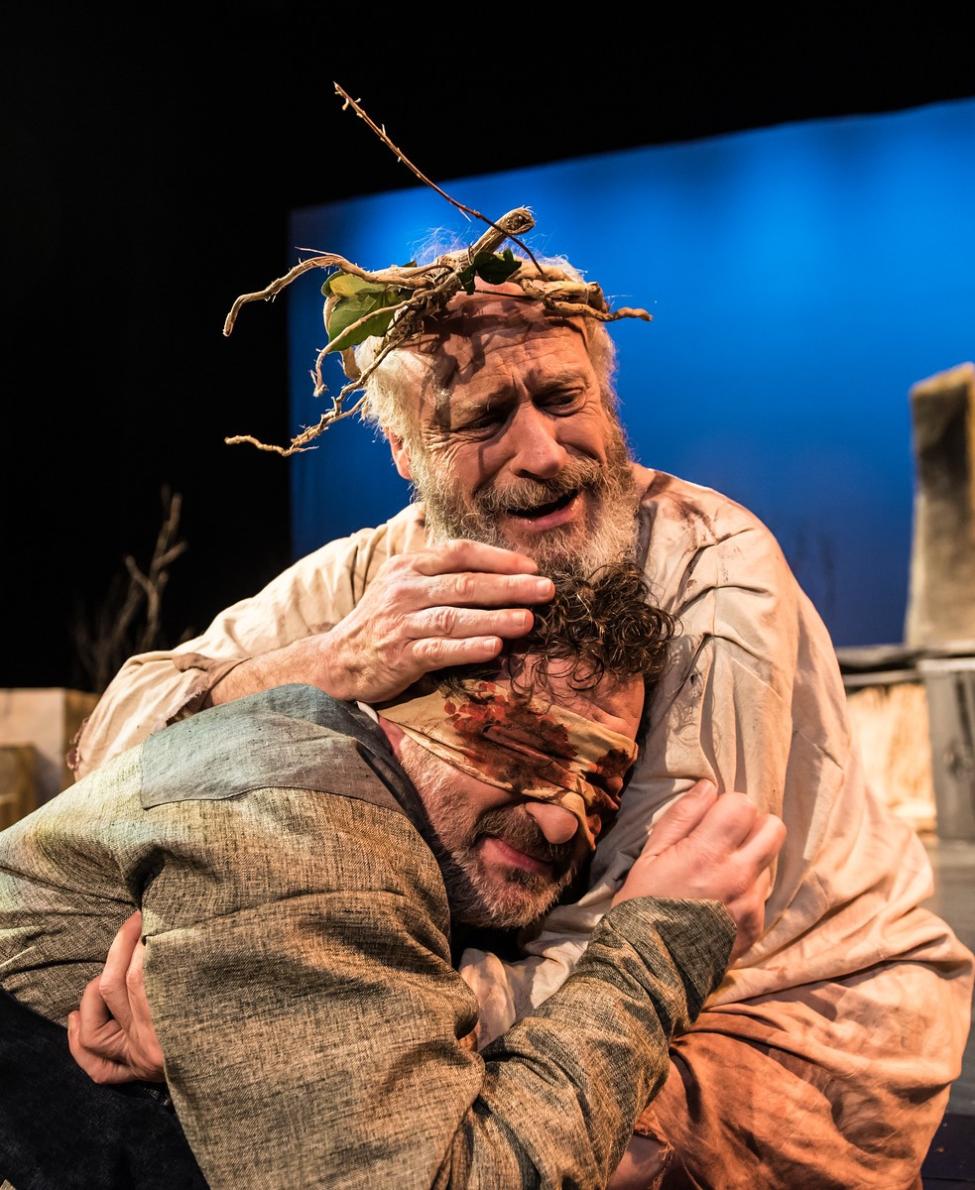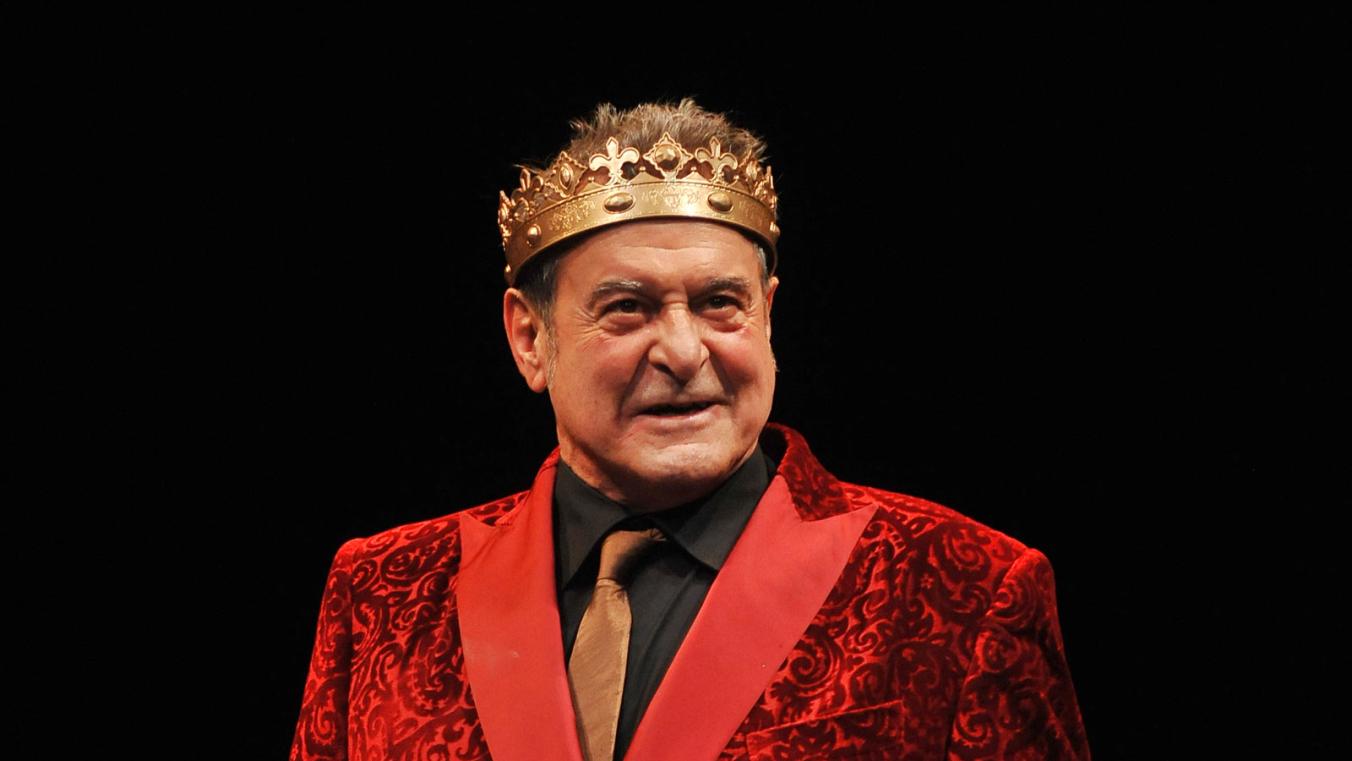How Does Shakespeare Use Symbolism to Convey Meaning in King Lear?
Introduction

William Shakespeare, renowned as the greatest playwright of all time, crafted intricate and timeless tales that continue to captivate audiences worldwide. Among his masterpieces, King Lear stands out as a profound exploration of power, family, and redemption. Shakespeare skillfully employs symbolism throughout the play to convey profound meanings, enriching the play's themes and character development.
Thesis Statement:
Shakespeare employs symbolism throughout King Lear to convey profound meanings, enriching the play's themes and character development.
I. Symbolism Of The Crown
- The Crown as a Symbol of Power and Authority:
- Lear's Initial Possession and Subsequent Loss of the Crown:
- The Crown's Transition Among Characters and Its Impact on Their Actions:

The crown serves as a potent symbol of royal authority and power. Lear's initial possession of the crown signifies his absolute rule over his kingdom.
Lear's decision to divide his kingdom among his daughters and relinquish the crown sets in motion a chain of events that leads to his downfall. The loss of the crown symbolizes the erosion of his power and authority.

The crown's transition among characters, from Lear to Goneril, Regan, and Albany, highlights the shifting power dynamics and the characters' motivations.
II. Symbolism Of The Storm
- The Storm as a Representation of Lear's Inner Turmoil and Madness:
- The Storm's Destructive Force and Its Impact on the Characters:
- The Storm as a Catalyst for Lear's Transformation and Self-Realization:
The raging storm that engulfs the heath mirrors Lear's inner turmoil and descent into madness. The storm's intensity reflects the chaos and disorder within Lear's mind.
The storm's destructive force wreaks havoc on the characters, both physically and emotionally. It symbolizes the destructive consequences of Lear's rash decisions and the ensuing power struggle.
The storm serves as a catalyst for Lear's transformation. Exposed to the harsh elements, Lear gains a newfound understanding of his own humanity and the suffering of others.
III. Symbolism Of The Fool
- The Fool as a Symbol of Wisdom and Insight:
- The Fool's Paradoxical Role as Both a Jester and a Truth-Teller:
- The Fool's Commentary on the Play's Events and Characters:
Despite his jester's attire, the Fool possesses a profound understanding of human nature and the folly of power. His insights into the characters' actions and motivations provide a deeper perspective on the play's events.
The Fool's paradoxical role as both a jester and a truth-teller highlights his dual function as a source of entertainment and a bearer of uncomfortable truths.
The Fool's commentary on the play's events and characters offers a critical perspective, challenging the audience to question the actions and motivations of the characters.
IV. Symbolism Of The Eyes
- The Eyes as a Symbol of Perception and Understanding:
- Gloucester's Blinding as a Physical and Metaphorical Loss of Sight:
- Lear's Newfound Insight and Clarity After His Encounter with the Blinded Gloucester:
The eyes serve as a symbol of perception and understanding. Gloucester's blinding symbolizes his physical and metaphorical loss of sight, representing his inability to perceive the true nature of his sons.
Gloucester's blinding is a physical manifestation of his metaphorical blindness to the true nature of his sons, Edmund and Edgar. It symbolizes his inability to see the truth and his misjudgment of their characters.
Lear's encounter with the blinded Gloucester serves as a turning point in his journey. Through Gloucester's suffering, Lear gains a newfound insight into his own blindness and the true nature of his relationships.
V. Symbolism Of Clothing And Nakedness
- Clothing as a Symbol of Social Status and Identity:
- Lear's Stripping Off of His Clothes as a Rejection of His Royal Identity:
- The Significance of Edgar's Disguise as Poor Tom:
Clothing serves as a symbol of social status and identity. Lear's stripping off of his clothes represents his rejection of his royal identity and his desire to shed the trappings of power.
Lear's act of stripping off his clothes symbolizes his rejection of his royal identity and his desire to embrace a simpler, more authentic existence.
Edgar's disguise as Poor Tom allows him to escape the clutches of his brother, Edmund, and to witness the true nature of humanity. His disguise symbolizes his rejection of his aristocratic identity and his embrace of a humble existence.
Conclusion
In King Lear, Shakespeare employs symbolism as a powerful tool to convey profound meanings and enrich the play's themes and character development. The crown, the storm, the Fool, the eyes, and clothing and nakedness all serve as potent symbols that illuminate the play's central ideas and provide deeper insights into the characters' motivations and actions. Through these symbols, Shakespeare invites the audience to contemplate the complexities of power, family, and redemption, leaving a lasting impression long after the curtain falls.
Restatement of Thesis Statement:
Shakespeare's skillful use of symbolism in King Lear enhances the play's themes and character development, creating a rich and multilayered tapestry of meaning that continues to resonate with audiences centuries after its creation.
YesNo

Leave a Reply